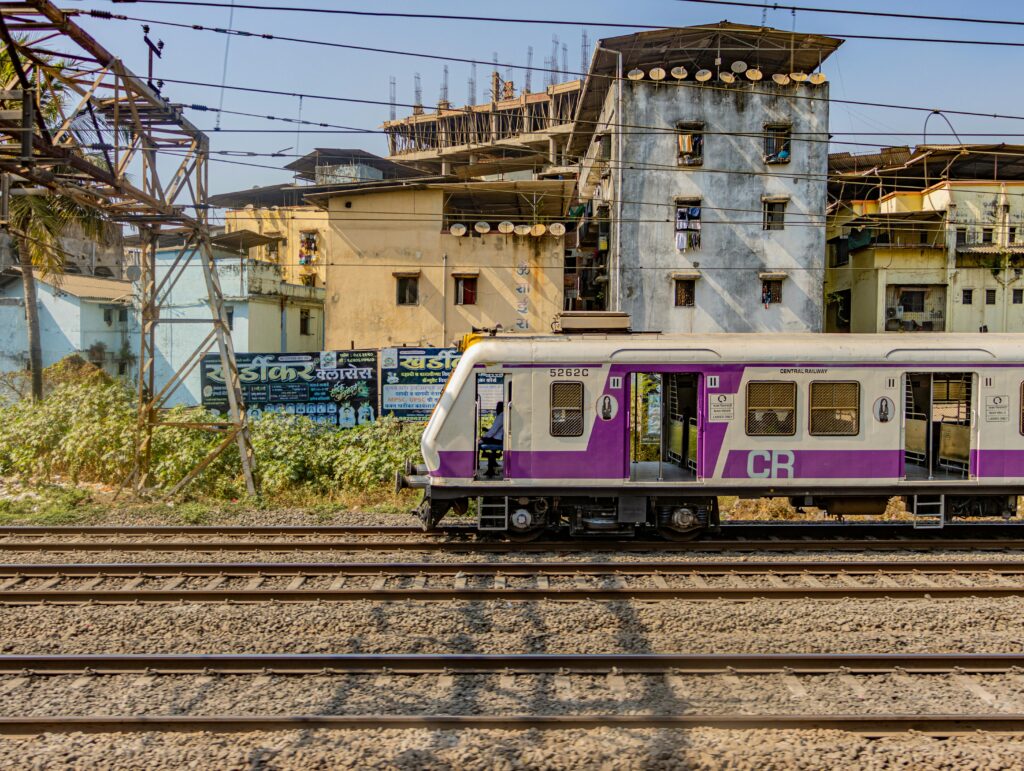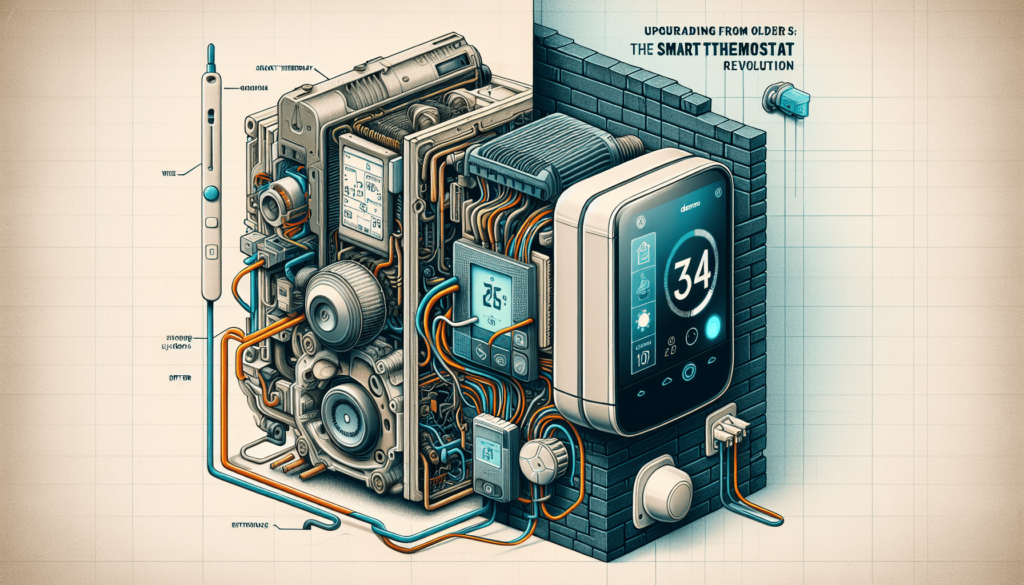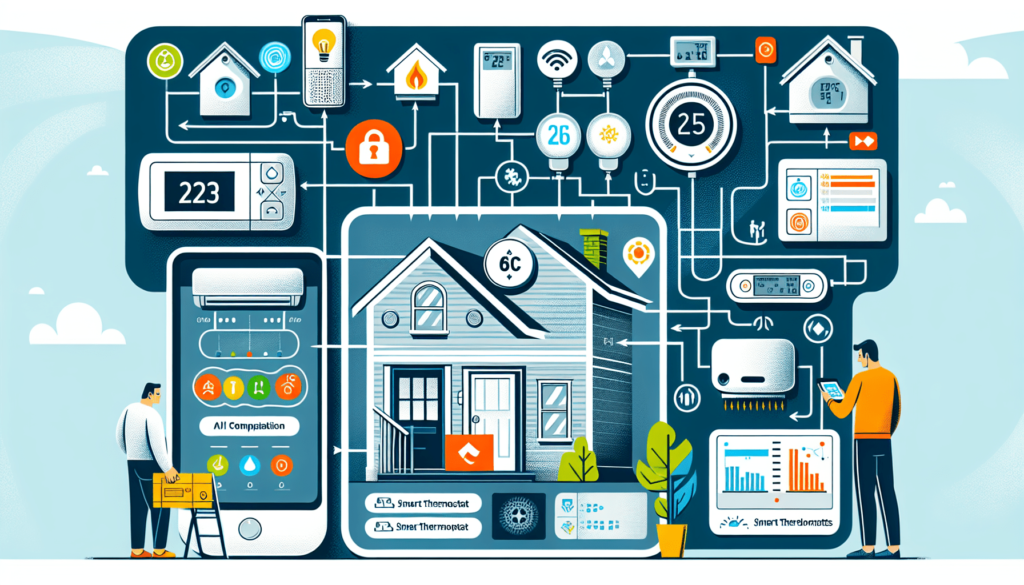If you’re wondering whether there are smart thermostats that can be seamlessly integrated into your older HVAC system, you’re in luck. The advancements in technology have led to the development of smart thermostats that are compatible with older heating, ventilation, and air conditioning systems. By upgrading to a smart thermostat, you can enjoy the convenience of controlling your home’s temperature remotely, optimizing energy usage, and ultimately saving on your utility bills. Say goodbye to manually adjusting your thermostat and embrace the future of home comfort.

Introduction
When it comes to upgrading your HVAC system, you may wonder if there are smart thermostats available that are compatible with your older system. The good news is that advancements in technology have made it possible to integrate smart thermostat features into older HVAC systems. In this article, we will explore the different types of older HVAC systems and their limitations, discuss the compatibility factors to consider for smart thermostats, explore the various options available for older systems, provide an overview of the installation process, highlight the benefits of upgrading to a smart thermostat, address potential issues and solutions, discuss alternative solutions, and provide considerations before upgrading.
Understanding Older HVAC Systems
Types of older HVAC systems
Before delving into the compatibility of smart thermostats, it’s essential to understand the different types of older HVAC systems. Common types include forced-air systems, radiant heating systems, and steam or hot water systems. Forced-air systems use a blower to distribute heated or cooled air through ducts, while radiant heating systems rely on electric cables, hot water tubing, or panels to warm the surrounding surfaces. Steam or hot water systems use boilers to generate heat and distribute it through radiators or baseboard heaters.
Limitations of older HVAC systems
While older HVAC systems have served homeowners well for many years, they do have their limitations. Some older systems may lack the necessary wiring to connect to a modern smart thermostat. Additionally, these systems may not support the communication protocols required for seamless integration with smart home automation systems. Another limitation is the potential lack of compatibility between the older HVAC system and the specific features offered by smart thermostats, such as zoning and energy usage tracking.

Compatibility of Smart Thermostats
Factors to consider for compatibility
When considering a smart thermostat for your older HVAC system, there are several compatibility factors to keep in mind. One crucial factor is the wiring compatibility. Ensure that your HVAC system has the necessary wiring connections to accommodate a smart thermostat, as some older systems may not have the required terminals for proper installation. Additionally, consider the communication protocol that your HVAC system supports, as this will determine which smart thermostats are compatible.
Communications protocols
Smart thermostats use various communication protocols to sync with the HVAC system. Common protocols include Wi-Fi, Z-Wave, and Bluetooth. Wi-Fi-enabled thermostats connect directly to your home’s wireless network, allowing you to control and monitor the thermostat remotely through a smartphone app. Z-Wave thermostats utilize a dedicated mesh network that connects various smart home devices, providing seamless communication and integration. Bluetooth thermostats offer a more localized connection and are typically used for short-range control.
Wiring compatibility
Wiring compatibility is a crucial aspect to consider when selecting a smart thermostat for your older HVAC system. Each HVAC system has specific wiring requirements, and it is essential to ensure that the terminals on your system match those of the smart thermostat. Some older systems may use outdated wiring configurations or lack the necessary terminals for a smart thermostat installation. In such cases, professional help may be required to reconfigure or upgrade the wiring to facilitate compatibility with a smart thermostat.
Smart Thermostat Options for Older HVAC Systems
Wi-Fi-enabled thermostats
If your older HVAC system has the necessary wiring and supports Wi-Fi communication, a Wi-Fi-enabled smart thermostat may be a great choice. These thermostats offer a wide range of features and capabilities, including remote control, scheduling, energy usage tracking, and compatibility with smart home automation systems. Wi-Fi-enabled thermostats connect to your home’s wireless network, allowing you to control and monitor them from your smartphone.
Z-Wave thermostats
For older HVAC systems that do not support Wi-Fi, Z-Wave thermostats are a viable option. These thermostats use a dedicated mesh network to communicate with other Z-Wave devices in your home, providing seamless integration and control. Z-Wave thermostats offer similar features to their Wi-Fi-enabled counterparts, such as remote control, scheduling, and energy management. However, they require a Z-Wave hub or controller, which acts as the central point for managing and controlling all connected devices.
Works with older systems
There are also smart thermostats specifically designed to work with older HVAC systems. These thermostats are compatible with a wide range of older system types and offer easy installation and integration. They may have simplified features compared to the more advanced smart thermostats, but they still provide benefits such as remote control and scheduling. Additionally, they may come with specific features that cater to the limitations and requirements of older systems.

Installation Process for Smart Thermostats
Professional installation
For those who are not comfortable with DIY projects or have complex HVAC systems, professional installation is the recommended option. An HVAC technician will have the necessary expertise to handle the installation process, make any required wiring modifications, and ensure proper compatibility and functionality with your older system. Professional installation also guarantees that the smart thermostat is set up correctly, optimizing its performance and minimizing the risk of any installation errors.
Self-installation tips
If you feel confident in your DIY skills and have a basic understanding of HVAC systems, you may choose to install the smart thermostat yourself. It’s important to carefully read the installation instructions provided with the thermostat and follow them step by step. Make sure to turn off power to the HVAC system before starting the installation, and take note of the wiring configurations and compatibility requirements. If you encounter any difficulties or uncertainties, it is always advisable to seek professional assistance.
Common issues during installation
During the installation process, some common issues may arise. One potential problem is compatibility issues between the wiring of your older HVAC system and the smart thermostat. In such cases, professional help may be needed to modify or upgrade the wiring to establish compatibility. Another issue may be with the wiring itself, such as loose connections or damaged wires. Thoroughly inspect the wiring and ensure that it is in good condition before proceeding with the installation. If you encounter any challenges or are unsure about any step during the installation, consult the smart thermostat manufacturer’s support documentation or contact their customer support for assistance.
Benefits of Upgrading to a Smart Thermostat
Energy efficiency
One of the significant benefits of upgrading to a smart thermostat is increased energy efficiency. Smart thermostats allow for precise temperature control, allowing you to heat or cool your home only when needed. Many smart thermostats also feature learning algorithms that adapt to your schedule and preferences, automatically adjusting the temperature to optimize energy usage. With the ability to set up customized schedules and remotely control the thermostat, you can ensure that your HVAC system operates efficiently, reducing energy waste and lowering utility costs.
Convenience and control
Smart thermostats offer unparalleled convenience and control over your HVAC system. With remote access through smartphone apps, you can adjust the temperature of your home wherever you are. This feature is particularly useful if you have a fluctuating schedule or if you often forget to adjust the thermostat before leaving the house. Many smart thermostats also integrate with virtual assistants, allowing you to control them through voice commands. The convenience of being able to adjust your home’s temperature easily and effortlessly adds to the overall comfort and enjoyment of your living space.
Cost savings
In addition to energy efficiency, upgrading to a smart thermostat can lead to significant cost savings. By optimizing the use of your HVAC system and reducing energy waste, you can lower your monthly utility bills. Some smart thermostats also provide energy usage data and advanced tracking features, allowing you to monitor your energy consumption and identify areas for further efficiency improvements. Over time, the cost savings from reduced energy usage can offset the initial investment in a smart thermostat, making it a worthwhile upgrade for your older HVAC system.

Potential Issues and Solutions
Compatibility issues
One potential issue when upgrading to a smart thermostat is compatibility. As mentioned earlier, older HVAC systems may lack the necessary wiring or support for certain communication protocols required by smart thermostats. In such cases, professional assistance is recommended to assess the compatibility and make any necessary modifications or upgrades to ensure proper integration. Reach out to a qualified HVAC technician or a smart thermostat manufacturer’s customer support for guidance and solutions tailored to your specific situation.
Limited features or functionality
Another potential issue is limited features or functionality compared to newer HVAC systems. Smart thermostats designed to work with older systems may not offer the full range of advanced features found in models for more modern systems. However, these thermostats still provide significant benefits such as remote control, scheduling, and improved energy management. Before purchasing a smart thermostat, assess your priorities and requirements to ensure that the features and functionality you need are available in the selected model.
Finding the right smart thermostat
Finding the right smart thermostat for your older HVAC system requires careful consideration. Research different models and brands, read customer reviews, and check compatibility requirements before making a purchase. If unsure about the compatibility or suitability of a specific smart thermostat, consult with an HVAC professional or reach out to the manufacturer’s customer support for guidance. Taking the time to find the right smart thermostat for your older system will ensure a successful upgrade and maximize the benefits you can enjoy.
Alternative Solutions for Older HVAC Systems
Smart HVAC controllers
Aside from smart thermostats, there are alternative solutions available for older HVAC systems. One such solution is a smart HVAC controller. Instead of replacing the existing thermostat, a smart HVAC controller acts as an intermediary device that enhances the functionality of your current system. These controllers integrate with your HVAC system and enable remote control, scheduling, and automation features while incorporating smart home automation capabilities. Smart HVAC controllers provide an option for upgrading without the need for extensive rewiring or complex installations.
Smart vents
Another alternative solution for older HVAC systems is the use of smart vents. Smart vents are designed to be installed in individual rooms or zones and allow for individualized temperature control. These vents can be integrated with smart thermostats or smart home automation systems, enabling precise temperature management for different areas of your home. While smart vents do not replace the thermostat itself, they provide additional control and energy efficiency by allowing personalized temperature settings in specific rooms or zones.
Smart home automation systems
Lastly, smart home automation systems can be utilized to enhance the functionality of older HVAC systems. These systems offer comprehensive control over various smart devices in your home, including smart thermostats. By integrating your older HVAC system with a smart home automation system, you can control and monitor the thermostat alongside other devices through a centralized hub or smartphone app. This solution provides a high level of customization and control, allowing you to create personalized scenes, schedules, and automation rules that optimize comfort and energy efficiency.

Considerations Before Upgrading
Budget
Before upgrading to a smart thermostat or alternative solution, it is crucial to consider your budget. Smart thermostats range in price, with advanced models offering more features and capabilities at a higher cost. Similarly, alternative solutions such as smart HVAC controllers or smart vents may have varying price points. Assess your budget and research different options to find the right balance between cost and features. Remember to consider the long-term energy savings that a smart thermostat can provide, as this may offset the initial investment over time.
System requirements
Another important consideration is the system requirements of the smart thermostat or alternative solution. Ensure that the chosen device is compatible with your older HVAC system in terms of wiring, communication protocols, and overall functionality. Taking into account the specific requirements of your system will help avoid any compatibility issues or installation difficulties. Refer to the manufacturer’s specifications and compatibility guides, and consult with an HVAC professional if needed.
Long-term plans
Lastly, consider your long-term plans when upgrading your HVAC system with a smart thermostat or alternative solution. If you anticipate replacing your older HVAC system in the near future, it may be more prudent to invest in a basic smart thermostat or a temporary solution instead of a more advanced model. This approach will allow you to carry over the smart features to your new system when the time comes. However, if you plan to keep your older system for an extended period, investing in a smart thermostat with a broader range of features could provide a more significant and lasting impact on your comfort and energy efficiency.
Conclusion
Upgrading to a smart thermostat or alternative solution can breathe new life into your older HVAC system. By selecting the right smart thermostat, ensuring compatibility, and addressing any installation challenges, you can enjoy the benefits of increased energy efficiency, convenience, and cost savings. Consider alternative solutions such as smart HVAC controllers, smart vents, or smart home automation systems if a full smart thermostat upgrade is not feasible. Take into account your budget, system requirements, and long-term plans to make an informed decision. With the advancements in technology and the compatibility options available, there is likely a smart thermostat solution that will work seamlessly with your older HVAC system, bringing a new level of comfort and control to your home.










